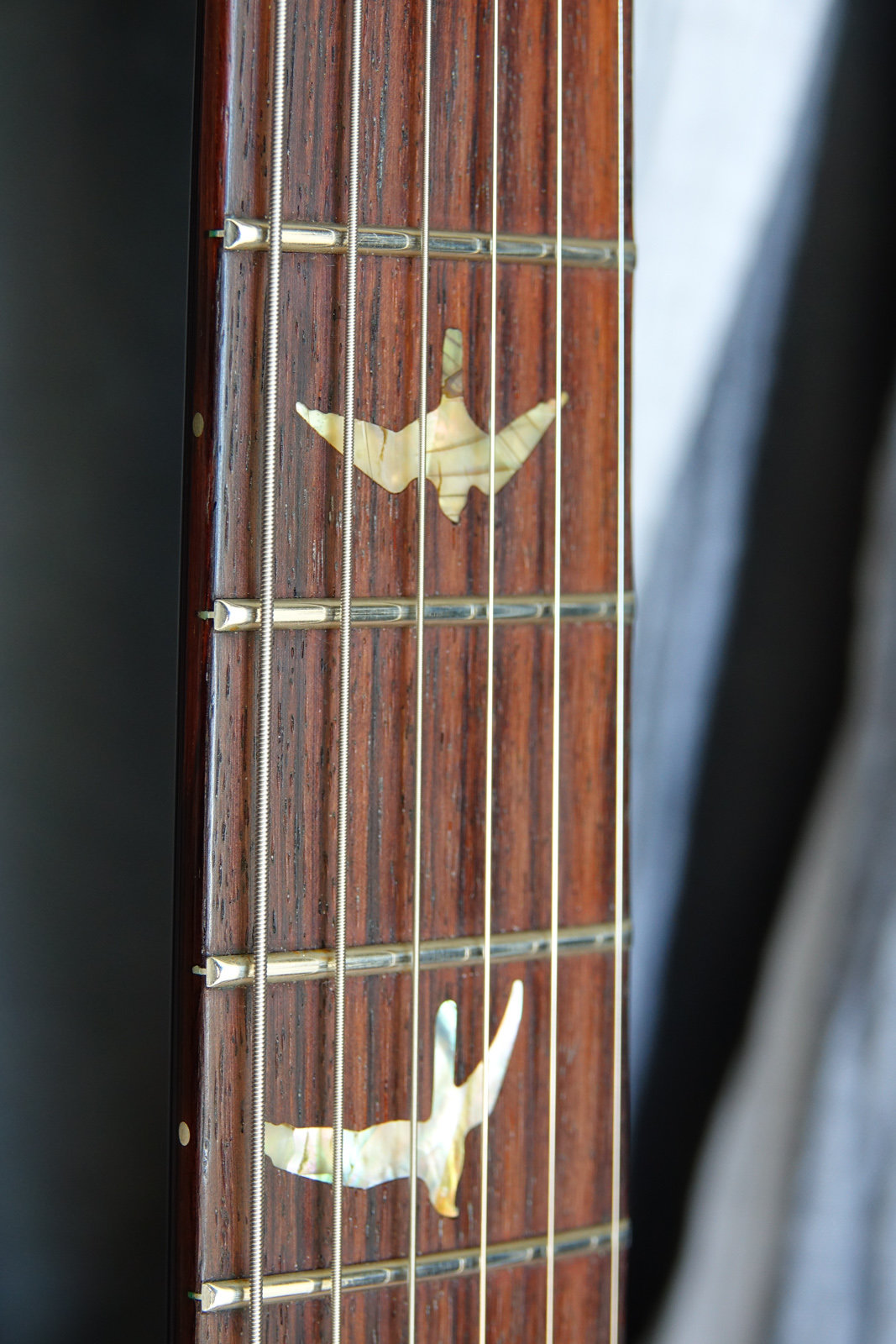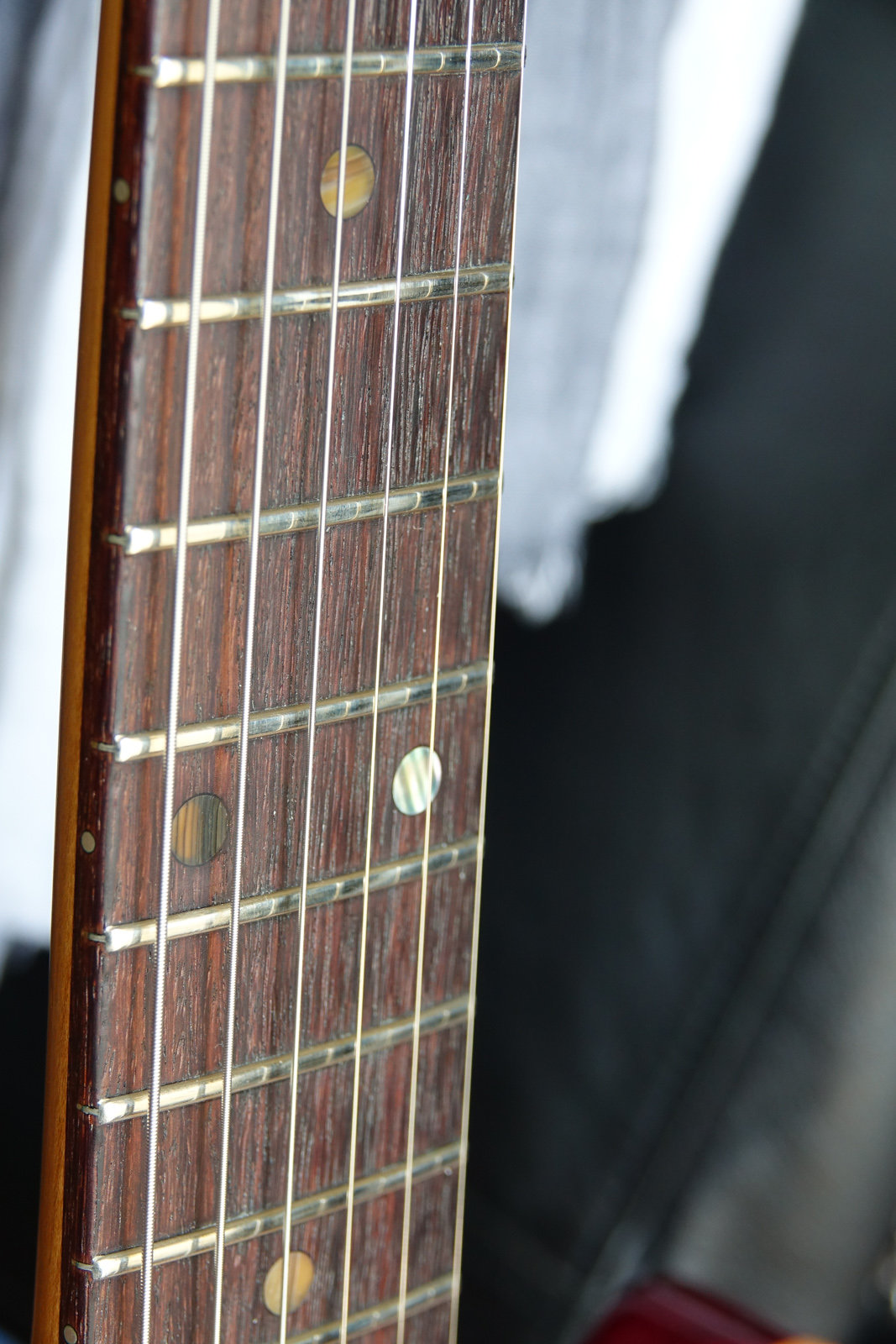srichardson
New Member
- Joined
- Jul 5, 2017
- Messages
- 4
What do most of you use to polish the Bird inlays? I didn't realize mine was so dull until I bought my new PRS Custom and saw them sitting side by side..
....er, is that a thing? Have I been missing out?
I tried googling it and the closest thing I found was the Urban Dictionary definition for a Polish Chicken....
Then there was a link to talk about beak care and cuttlebones...
Then I thought maybe it was a sex thing, but nothing showed up between frottage and sounding....
So, no. I don’t think this is a thing.
What do most of you use to polish the Bird inlays? I didn't realize mine was so dull until I bought my new PRS Custom and saw them sitting side by side..
I would guess they're different materials. Older PRS featured shell (abalone), it would appear most of the newer ones have synthetic inlays.
https://forums.prsguitars.com/threads/inlay-material.1005/#post-13703
My recent (2017] Core models either have shell, or it’s the best looking synthetic I’ve ever seen. Looks as nice as my PS stuff either way.
Internet forums aren't the most reliable source of information so who knows! That said I was going off what Shawn said in quite an old thread (link provided above). Shawn will perhaps tell us what is used today. It also depends on the OP's guitar - if it's an SE then it'l have a different material than if it's a special / limited edition Core or PS. My guess is still the OP's guitars feature different materials, whatever they might be.
Internet forums aren't the most reliable source of information so who knows! That said I was going off what Shawn said in quite an old thread (link provided above). Shawn will perhaps tell us what is used today. It also depends on the OP's guitar - if it's an SE then it'l have a different material than if it's a special / limited edition Core or PS. My guess is still the OP's guitars feature different materials, whatever they might be.
The old ones used abalone, but there was a period in the early 90's where they used some mother of pearl. Somewhere in the 90's they switched to abalam, which is made of thin, laminated sheets of abalone.
There was a point around 2012 where there were issues around importing/exporting shell materials, so those guitars have the "dirt birds" which were corian outline with some other synthetic material in the center. After that issue cleared up, they kept the corian outlines, but with abalam for the centers.
There are plenty of exceptions of course, but that's the general deal with USA Customs at least.
To my knowledge, the SE guitars use come kind of plastic material and not real shell.
Sadly the Forum emoji are missing the big yellow thumb for me to use - but thats great, thanksI recall my year 2000 Santana 2 had what I probably eroniously though of as reconstituted Paua, so probably abalam.
The Santana II was a top shelf guitar. They had Brazilian boards and paua inlay.


It would be nice to have PRS tech advice regarding the original request.
Both of my PRS have some inlays that are dull (all seems made of shell).
Look at the difference between Peregrine Falcon and Marsh Hawk of my 2007 SCT. So far only the Falcon looks more dull than the other birds.

And some dots on my 1995 CE22 are even more dull:

Any cleaning / polishing advice is welcome
I'm not sure I would recommend a polish on the fretboard, but fretboard cleaner/lemon oil seems to do the trick really well. The lemon oil from D'Adarrio/Planet Waves is amazing at cleaning and conditioning rosewood/ebony fretboards and does a great job to brighten up those birds. Disclaimer: don't use actual lemon oil.
